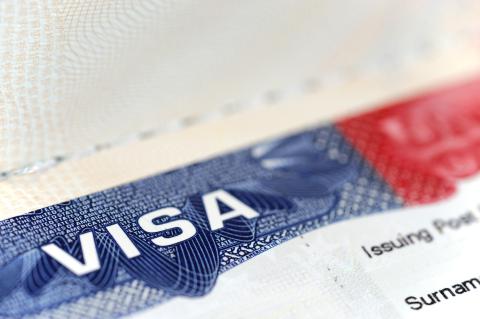As global conditions evolve, so too do the processes and policies governing international student mobility.
Recently there has been a spate of changes and announcements regarding applications for US international student visas. One current development impacting students seeking to study in the United States is the temporary freezing of student visa appointments at US consular missions around the world.
This pause is reportedly part of a broader transition as US authorities prepare to introduce more intensive social media vetting as part of the visa application process.
Students attending or planning to attend Harvard will be specifically affected by the US government’s attempts to strip the institution of its ability to enrol international students. This could mean prospective students may have to pivot and apply elsewhere, while current Harvard students will need to find another institution to complete their studies.
Harvard’s International Office has been publishing regular updates on the processing of international student visas.
Students from some countries or territories, including China and Hong Kong, are affected than others so it is important to keep up to date with any changes that may affect your application or the status of your existing visa.
Understandably, this situation could cause concern among students and their families. See below for some advice from Augusto Neto, assistant director of careers and university guidance at St Paul’s School, on the next steps students should consider.
1. Always refer to official sources
Whether you’re preparing for your visa application or facing delays, your first and most reliable source of information should be the official website of the US embassy or consulate in your country. These platforms provide timely updates, country-specific guidance and direct links to the procedures you need to follow. The US Department of State’s official website also offers centralised and authoritative information.
Avoid relying on second-hand accounts, social media speculation or unverified online forums. While community insights can be supportive, they should never replace guidance from official channels.
2. Begin the process as early as possible
Once your I-20 form arrives from your university in the US, begin your visa application process immediately. The earlier you book your appointment, pay your SEVIS fee and prepare your supporting documents, the better your chances of navigating delays without disruption to your plans.
Even if appointments are currently frozen, having your paperwork ready ensures you can act swiftly the moment new appointment slots open.
3. Comply fully and calmly
Complying with current regulations is non-negotiable. Whatever new vetting procedures are introduced – including social media reviews – students should respond honestly, carefully and transparently.
Attempting to obscure information or rushing through responses can result in complications or denials. Remember, consular officers are not there to make life difficult but to ensure that all applicants meet the legal and procedural criteria for entry.
4. What if your visa is denied?
Visa denials, while disappointing, are not always final. If your visa is not granted, contacting an experienced immigration lawyer can be a constructive next step. These professionals can access the visa file and help clarify the reasons for the denial – essential context when deciding whether to reapply or consider other options.
5. Consider alternative destinations
While the US remains a top destination for international students, students should remain open to a broader view of global opportunities. Countries such as the UK, Canada, and members of the European Union continue to welcome international students and often operate under different visa frameworks, some of which are currently more accessible.
Students applying to Harvard or already studying at Harvard will find the status of their visa affected, so may wish to consider other options. If students would still like a US university degree on graduation, they could consider US branch campuses in the UAE and Asia.
The Hong Kong University of Science and Technology has specifically opened its doors to Harvard’s international students to continue their studies at the institution. Other universities in Hong Kong have extended the same hand to Harvard’s international student cohort.
Keep your options open, especially if your primary goal is to begin your studies on time. Many students who start elsewhere can still transfer to US institutions at a later date, once visa processes stabilise.
To sum up, remember that applying for visas calls for flexibility, resilience and willingness to adapt. By staying informed, preparing early and approaching the process with patience and professionalism, students can still pursue their international education goals – even amid uncertainty.

Comments